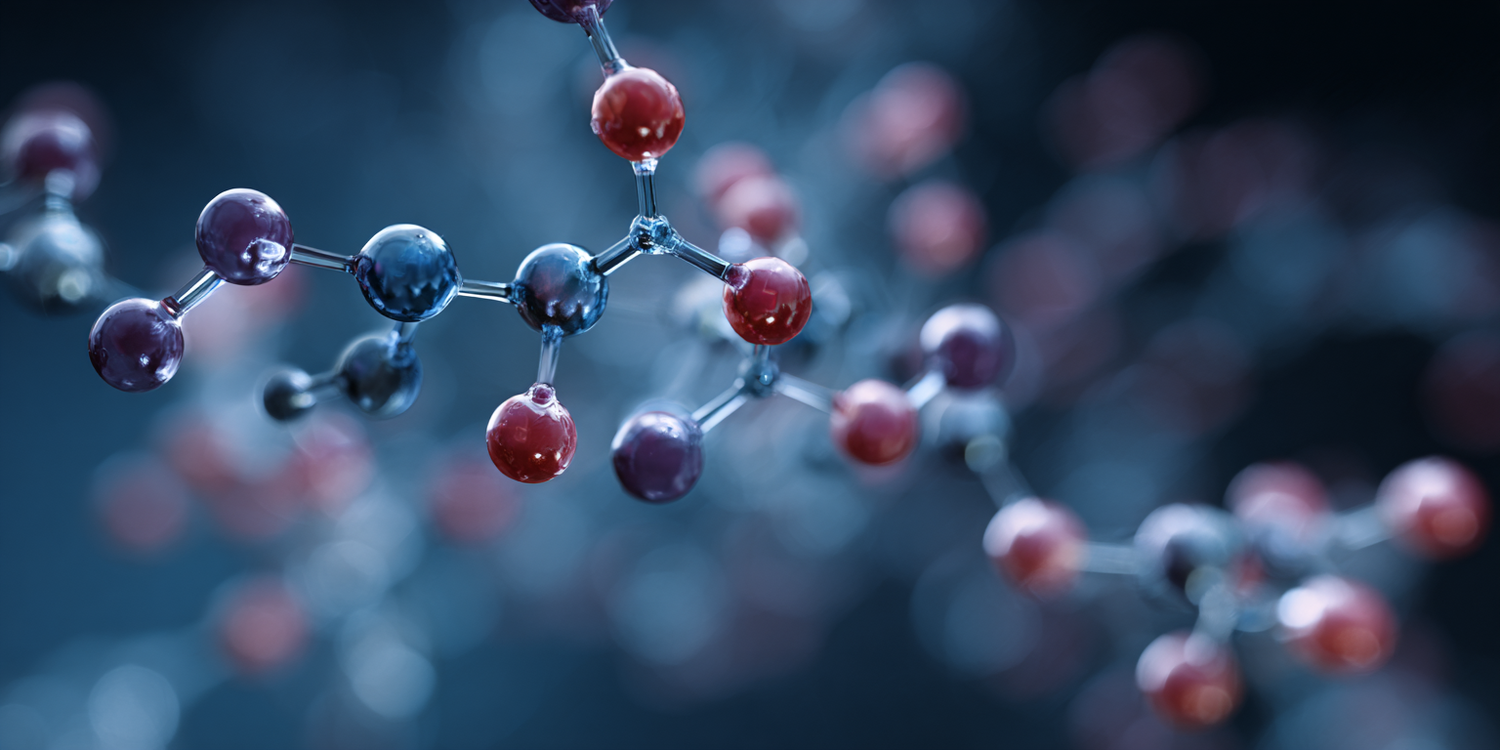Quick Summary
This blog post explores how certain vitamins, minerals, and traditional herbs might play a role in keeping your hair healthy. We'll look at things like biotin, zinc, and other nutrients that have some research suggesting they could be good for your hair. Remember, eating a balanced diet is really important, and it's always a good idea to chat with a doctor before trying new supplements, especially if you're noticing a lot of hair loss. Also, these natural options are just one part of the puzzle, and they work best alongside a healthy lifestyle.
Natural Supplements and Their Role in Hair Health
Have you ever wondered how to keep your hair looking healthy and strong? Many people are curious about natural ways to support hair health, and that's what we're going to explore today. We'll discuss some vitamins, minerals, and even a few herbs that have been traditionally used for hair care. Let's find out what they are and how they might help!
Vitamins for Hair Health
Vitamins are like tiny helpers for our bodies, and some of them may be particularly good for our hair.
- Biotin (Vitamin B7): Biotin is often mentioned when talking about hair. It helps our bodies process fats, which is important for keeping the hair shaft healthy. Some studies suggest that people who don't have enough biotin might experience thinning hair. While it's rare not to get enough biotin from our diet, research indicates that taking extra biotin might help strengthen hair, especially if someone is deficient.
- Vitamin D: This vitamin is famous for helping our bones, but did you know it might also play a role in creating new hair follicles? These are the tiny pores in our scalp where new hair grows. Some research suggests that having enough vitamin D could help with hair thickness and reduce hair loss. Sunlight is a great source of vitamin D, but it's also found in some foods and supplements.
- Vitamin E: Known for being an antioxidant, vitamin E might help protect your hair from damage caused by the environment, like pollution or too much sun. It could also help improve blood circulation to your scalp, which is good for hair growth. Nuts, seeds, and leafy greens are great sources of vitamin E.
Minerals for Hair Health
Minerals are also key players in keeping our hair in good shape. Here are a few important ones:
- Zinc: Zinc is like a little guardian for your hair follicles. It's crucial for hair growth and repair. Studies show that people who are low in zinc might experience hair loss. Adding more zinc to your diet, from foods like oysters, beans, or nuts, or through supplements, might help improve hair density and reduce hair loss.
- Iron: Iron helps carry oxygen to the roots of your hair, which is essential for growth. If you don't have enough iron, you might notice your hair thinning. Eating iron-rich foods like red meat, spinach, or lentils can help. Sometimes, doctors might suggest iron supplements, especially for those who are anemic.
- Selenium: This mineral is an antioxidant and helps protect your hair from damage. It may also play a role in hair growth. You can find selenium in Brazil nuts, fish, and meat. However, it's important not to overdo it with selenium, as too much can be harmful.
Other Nutrients to Consider
Besides vitamins and minerals, there are a few other nutrients that might play a role in hair health.
- Copper: Copper helps in producing melanin, which is what gives our hair its color. It could also play a role in preventing premature graying and strengthening hair. You can find copper in foods like shellfish, nuts, and seeds.
- Manganese: While not as directly linked to hair health, manganese supports enzymes that are important for hair growth and maintaining a healthy scalp. Whole grains, nuts, and leafy vegetables are good sources of manganese.
Traditional Herbs and Hair Health
For centuries, people have turned to herbs for various health benefits, including hair care. Here are a few that are traditionally used:
- Dong Quai: This herb has been used in traditional Chinese medicine and is believed to improve blood circulation, which might help nourish the hair follicles.
- Amla (Indian Gooseberry): Amla is a popular remedy in Ayurvedic medicine. It's rich in vitamin C and antioxidants, which may promote hair health and add vigor to your hair.
- Fenugreek: These seeds are known for their nutrient-rich composition. People have traditionally used fenugreek to strengthen hair and encourage growth.
How to Use Natural Supplements for Hair
Here's the thing about supplements - they're meant to add to what you're already getting from your food, not replace it. Eating a variety of healthy foods is the best way to get these nutrients.
- Start with Your Diet: Try to eat foods rich in these vitamins and minerals. Think colorful fruits and vegetables, whole grains, lean proteins, and healthy fats.
- Consider Supplements if Needed: If you think you might not be getting enough of something from your diet, you could consider a supplement. But remember, more isn't always better.
- Talk to a Healthcare Provider: It's always a good idea to chat with a doctor or a dietitian before starting any new supplement, especially if you have health issues or are taking other medications.
Lifestyle Factors and Hair Health
Besides what you eat, other things in your life can affect your hair. Here are some factors to consider:
- Stress Management: High stress levels can sometimes lead to hair loss. Finding ways to relax, like yoga, meditation, or just taking some time for yourself, might help.
- Sleep: Getting enough sleep is important for your overall health, and that includes your hair. Aim for 7-9 hours of good sleep each night.
- Gentle Hair Care: How you treat your hair matters. Try to avoid harsh treatments, too much heat styling, and tight hairstyles that can pull on your hair.
Comparison of Nutrients for Hair Health
| Nutrient | Potential Benefits for Hair | Food Sources |
|---|---|---|
| Biotin | May strengthen hair, reduce thinning | Eggs, salmon, avocado, nuts, seeds |
| Vitamin D | Could help create new hair follicles | Sunlight, fatty fish, fortified foods |
| Vitamin E | Might protect hair from damage, improve scalp circulation | Nuts, seeds, spinach, broccoli |
| Zinc | May help with hair growth and repair, reduce hair loss | Oysters, beef, pumpkin seeds, lentils |
| Iron | Helps carry oxygen to hair roots, may prevent thinning | Red meat, spinach, beans, fortified cereals |
| Selenium | Antioxidant, might protect hair and aid growth | Brazil nuts, fish, meat, eggs |
| Copper | Aids in melanin production, may prevent graying and strengthen hair | Shellfish, nuts, seeds, whole grains |
| Manganese | Supports enzymes for hair growth and scalp health | Whole grains, nuts, leafy vegetables, tea |
Frequently Asked Questions
Q: Can supplements guarantee hair growth?
A: Supplements might help improve hair health, especially if you're deficient in certain nutrients. But they can't guarantee hair growth, and results can vary from person to person.
Q: How long does it take to see results from natural supplements?
A: It can take a few months to notice any changes in your hair. Being consistent with your supplement routine and patient is important.
Q: Are there any side effects to taking hair supplements?
A: Most people don't experience side effects from these supplements, especially when taking the recommended dose. However, everyone is different, so it's always best to talk to a healthcare provider about what's right for you.
References
- Almohanna, H. M., Ahmed, A. A., Tsatalis, J. P., & Tosti, A. (2018). The role of vitamins and minerals in hair loss: A review. Dermatology and Therapy, 9(1), 51-70. https://link.springer.com/article/10.1007/s13555-018-0278-6
Disclaimer
The information provided in this article is for informational and educational purposes only and is not intended as a substitute for professional medical advice, diagnosis, or treatment. Statements regarding health benefits have not been evaluated by the Food and Drug Administration or Health Canada. This information does not claim to diagnose, treat, cure, or prevent any disease. Always consult with a licensed healthcare professional before starting any new supplement, treatment, or health regimen. We do not assume any responsibility for adverse effects, outcomes, or damages resulting from the use or reliance on the information provided. Health-related discussions in this article are general in nature and are not indicative of the efficacy or intended use of our products.





